×
![]()
glass-sc: Instance-to-Instance Comparison Results
| Type: | Instance |
| Submitter: | Marc Pfetsch |
| Description: | Set covering problems arising from a Benders algorithm for finding maximum feasible subsystems. More details on the generation is given in the README file in the tarball. |
| MIPLIB Entry |
Parent Instance (glass-sc)
All other instances below were be compared against this "query" instance.  |
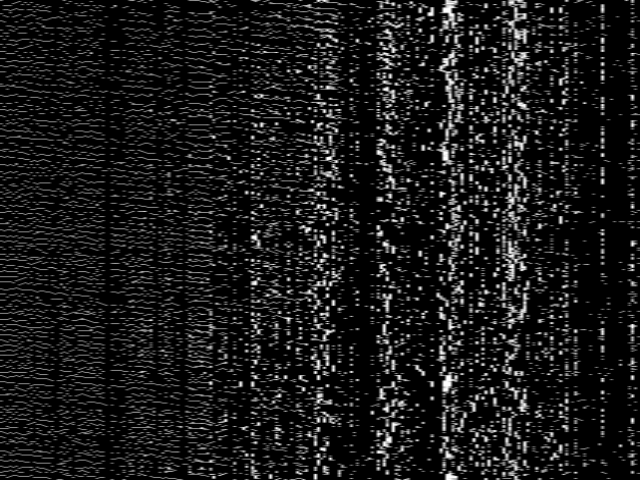 |
 |
 |
 |
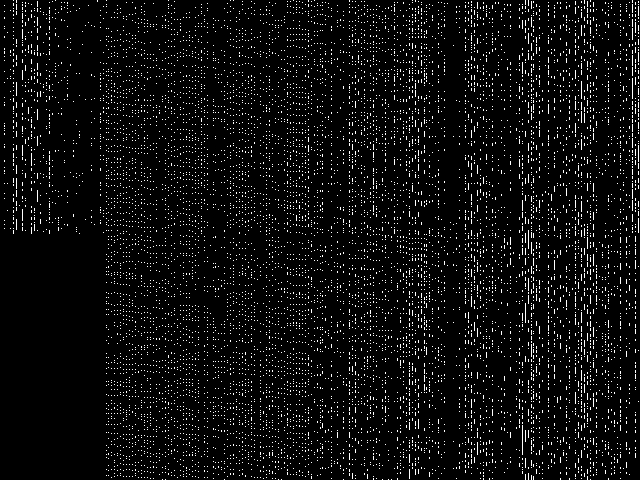 |
|
Raw
This is the CCM image before the decomposition procedure has been applied.
|
Decomposed
This is the CCM image after a decomposition procedure has been applied. This is the image used by the MIC's image-based comparisons for this query instance.
|
Composite of MIC Top 5
Composite of the five decomposed CCM images from the MIC Top 5.
|
Composite of MIPLIB Top 5
Composite of the five decomposed CCM images from the MIPLIB Top 5.
|
Model Group Composite Image
Composite of the decomposed CCM images for every instance in the same model group as this query.
|
MIC Top 5 Instances
These are the 5 decomposed CCM images that are most similar to decomposed CCM image for the the query instance, according to the ISS metric.  |
Decomposed
These decomposed images were created by GCG.
|
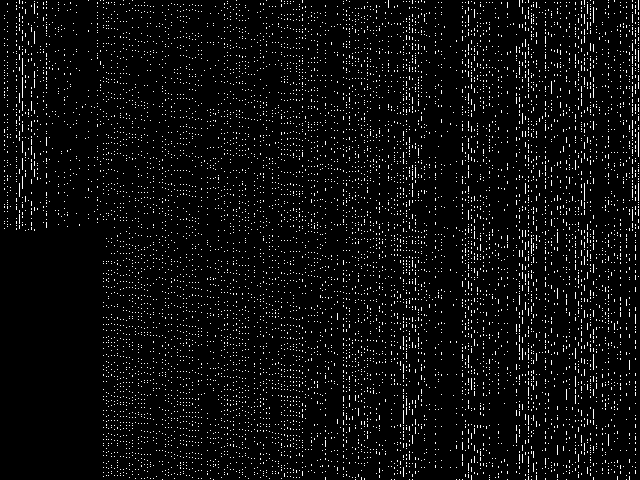 |
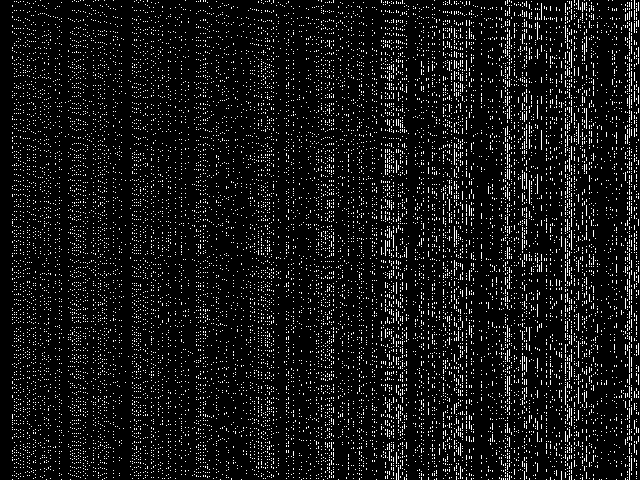 |
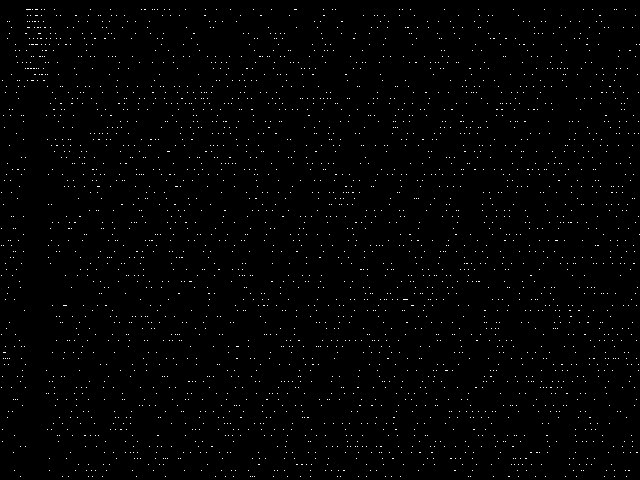 |
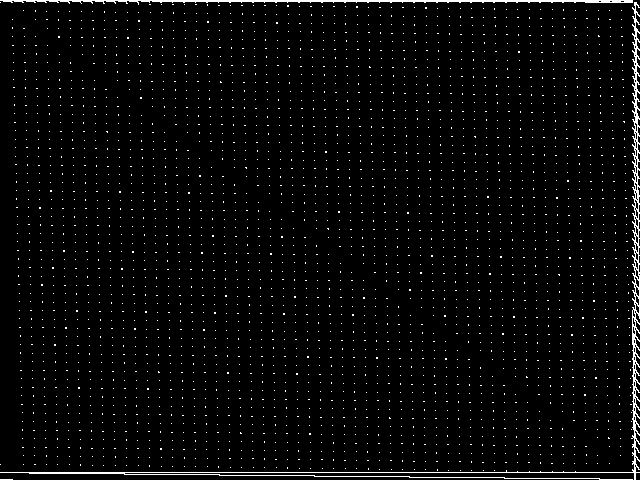 |
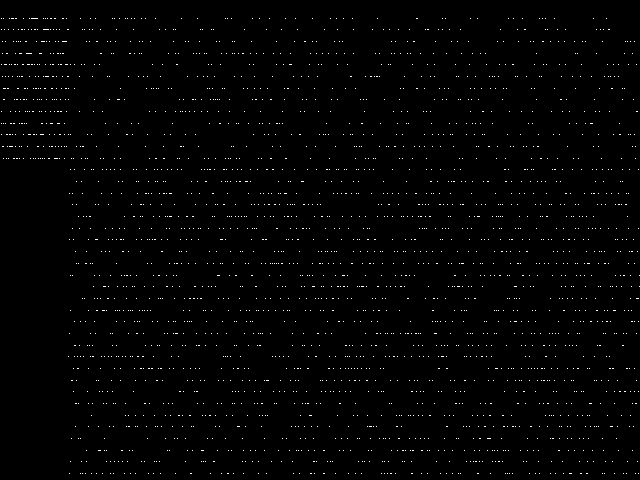 |
| Name | iis-glass-cov [MIPLIB] | iis-hc-cov [MIPLIB] | f2gap801600 [MIPLIB] | neos-5189128-totara [MIPLIB] | f2gap401600 [MIPLIB] | |
|
Rank / ISS
The image-based structural similarity (ISS) metric measures the Euclidean distance between the image-based feature vectors for the query instance and all other instances. A smaller ISS value indicates greater similarity.
|
1 / 0.542 | 2 / 0.844 | 3 / 0.883 | 4 / 0.886 | 5 / 0.898 | |
|
Raw
These images represent the CCM images in their raw forms (before any decomposition was applied) for the MIC top 5.
|
 |
 |
 |
 |
 |
MIPLIB Top 5 Instances
These are the 5 instances that are most closely related to the query instance, according to the instance statistic-based similarity measure employed by MIPLIB 2017  |
Decomposed
These decomposed images were created by GCG.
|
 |
 |
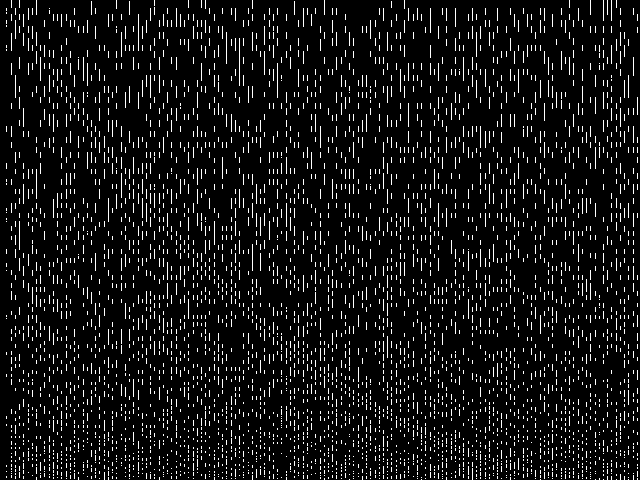 |
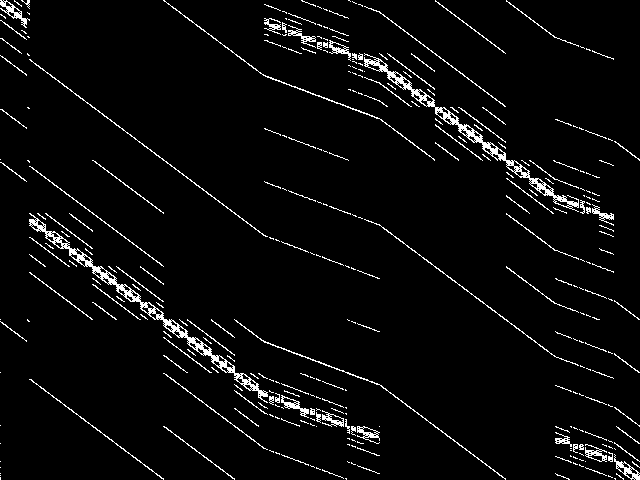 |
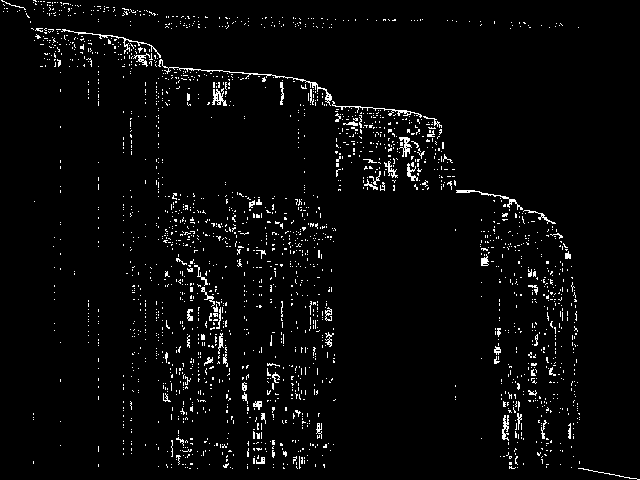 |
| Name | iis-glass-cov [MIPLIB] | iis-hc-cov [MIPLIB] | v150d30-2hopcds [MIPLIB] | ramos3 [MIPLIB] | seymour [MIPLIB] | |
|
Rank / ISS
The image-based structural similarity (ISS) metric measures the Euclidean distance between the image-based feature vectors for the query instance and all model groups. A smaller ISS value indicates greater similarity.
|
1 / 0.542 | 2 / 0.844 | 42 / 1.349 | 97 / 1.548 | 149 / 1.696 | |
|
Raw
These images represent the CCM images in their raw forms (before any decomposition was applied) for the MIPLIB top 5.
|
 |
 |
 |
 |
 |
Instance Summary
The table below contains summary information for glass-sc, the five most similar instances to glass-sc according to the MIC, and the five most similar instances to glass-sc according to MIPLIB 2017.
| INSTANCE | SUBMITTER | DESCRIPTION | ISS | RANK | |
|---|---|---|---|---|---|
| Parent Instance | glass-sc [MIPLIB] | Marc Pfetsch | Set covering problems arising from a Benders algorithm for finding maximum feasible subsystems. More details on the generation is given in the README file in the tarball. | 0.000000 | - |
| MIC Top 5 | iis-glass-cov [MIPLIB] | Marc Pfetsch | 23 "middlehard" Set-Covering Instances for MIPLIB: they have a small number of variables compared to the number of constraints and CPLEX 12.1 needs about one hour to solve them.For more information, have a look into the readme file which explains how the instances can be created. | 0.542337 | 1 |
| iis-hc-cov [MIPLIB] | Marc Pfetsch | 23 "middlehard" Set-Covering Instances for MIPLIB: they have a small number of variables compared to the number of constraints and CPLEX 12.1 needs about one hour to solve them.For more information, have a look into the readme file which explains how the instances can be created. | 0.843504 | 2 | |
| f2gap801600 [MIPLIB] | Salim Haddadi | Restrictions of well-known hard generalized assignment problem instances (D10400,D20400,D40400,D15900,D30900,D60900,D201600,D401600,D801600) | 0.882673 | 3 | |
| neos-5189128-totara [MIPLIB] | Hans Mittelmann | distribution of fruit | 0.886046 | 4 | |
| f2gap401600 [MIPLIB] | Salim Haddadi | Restrictions of well-known hard generalized assignment problem instances (D10400,D20400,D40400,D15900,D30900,D60900,D201600,D401600,D801600) | 0.898339 | 5 | |
| MIPLIB Top 5 | iis-glass-cov [MIPLIB] | Marc Pfetsch | 23 "middlehard" Set-Covering Instances for MIPLIB: they have a small number of variables compared to the number of constraints and CPLEX 12.1 needs about one hour to solve them.For more information, have a look into the readme file which explains how the instances can be created. | 0.542337 | 1 |
| iis-hc-cov [MIPLIB] | Marc Pfetsch | 23 "middlehard" Set-Covering Instances for MIPLIB: they have a small number of variables compared to the number of constraints and CPLEX 12.1 needs about one hour to solve them.For more information, have a look into the readme file which explains how the instances can be created. | 0.843504 | 2 | |
| v150d30-2hopcds [MIPLIB] | Austin Buchanan | A problem in wireless networks. The objective is to select a minimum number of relay nodes so that any two nonadjacent nodes can communicate by way of the chosen relay nodes in at most s hops, where s is a problem input. The 2-hop case of this problem can be formulated as a set cover/hitting set problem with n binary variables and n^2 constraints: _{ k N(i) N(j) } x_k 1 for nonadjacent node pairs {i,j}. Despite the formulation's simplicity, instances with as few as 120 variables are left unsolved after one hour using Gurobi 7.0.2. | 1.348591 | 42 | |
| ramos3 [MIPLIB] | F. Ramos | Set covering problem from a product manufacturing application | 1.548261 | 97 | |
| seymour [MIPLIB] | W. Cook, P. Seymour | A set-covering problem that arose from work related to the proof of the 4-color theorem. | 1.695984 | 149 |
glass-sc: Instance-to-Model Comparison Results
| Model Group Assignment from MIPLIB: | maxfeassub |
| Assigned Model Group Rank/ISS in the MIC: | 1 / 0.0 |
MIC Top 5 Model Groups
These are the 5 model group composite (MGC) images that are most similar to the decomposed CCM image for the query instance, according to the ISS metric.  |
These are model group composite (MGC) images for the MIC top 5 model groups.
|
 |
 |
 |
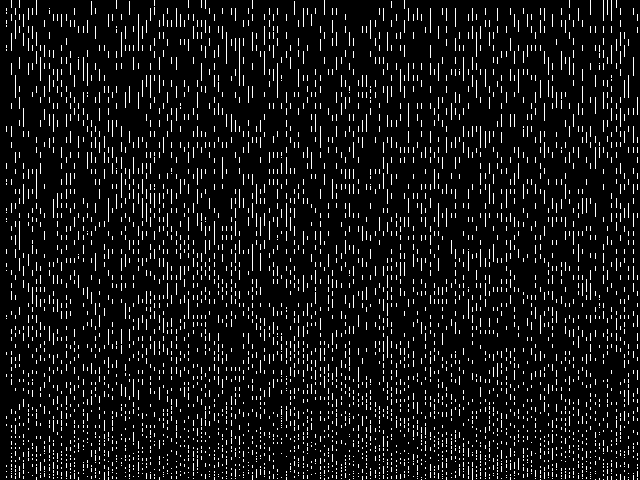 |
 |
| Name | maxfeassub | assign1 | f2gap | 2hopcds | mod | |
|
Rank / ISS
The image-based structural similarity (ISS) metric measures the Euclidean distance between the image-based feature vectors for the query instance and all other instances. A smaller ISS value indicates greater similarity.
|
1 / 0.000 | 2 / 0.988 | 3 / 1.093 | 4 / 1.135 | 5 / 1.287 |
Model Group Summary
The table below contains summary information for the five most similar model groups to glass-sc according to the MIC.
| MODEL GROUP | SUBMITTER | DESCRIPTION | ISS | RANK | |
|---|---|---|---|---|---|
| MIC Top 5 | maxfeassub | Marc Pfetsch | Set covering problems arising from a Benders algorithm for finding maximum feasible subsystems. More details on the generation is given in the README file in the tarball. | 0.000000 | 1 |
| assign1 | Robert Fourer | Imported from the MIPLIB2010 submissions. | 0.987513 | 2 | |
| f2gap | Salim Haddadi | Restrictions of well-known hard generalized assignment problem models (D10400,D20400,D40400,D15900,D30900,D60900,D201600,D401600,D801600) | 1.092958 | 3 | |
| 2hopcds | Austin Buchanan | A problem in wireless networks. The objective is to select a minimum number of relay nodes so that any two nonadjacent nodes can communicate by way of the chosen relay nodes in at most s hops, where s is a problem input. The 2-hop case of this problem can be formulated as a set cover/hitting set problem with n binary variables and n^2 constraints: _{ k N(i) N(j) } x_k 1 for nonadjacent node pairs {i,j}. Despite the formulation's simplicity, models with as few as 120 variables are left unsolved after one hour using Gurobi 7.0.2. | 1.135296 | 4 | |
| mod | MIPLIB submission pool | Imported from the MIPLIB2010 submissions. | 1.286885 | 5 |

